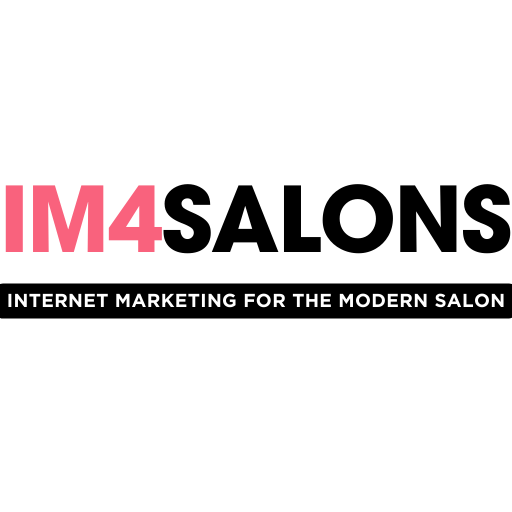Capturing the Beauty: A Guide for Hairstylists and Barbers on Creating Stunning Client Hair Photos
In the digital age, where visual content rules, hairstylists and barbers find themselves in a unique position to showcase their artistry through captivating photos of their clients’ hair. Whether you’re looking to build your portfolio, attract new clients, or simply document your creative journey, mastering the art of photography is a skill that can elevate your presence in the competitive world of beauty. Let’s delve into some tips and tricks to help you take better photos of your clients’ hair and turn your salon or barbershop into a visual haven.
1. Lighting is Key:
The foundation of any great photograph is good lighting. Ensure that your salon or workspace is well-lit, preferably with natural light. If that’s not possible, invest in professional lighting equipment to eliminate harsh shadows and highlight the details of your work. Soft, diffused light works wonders for capturing the texture, color, and shine of your clients’ hair.
2. Showcase the Details:
Clients visit you for your expertise, and your photos should reflect the precision and attention to detail that sets you apart. Zoom in to highlight intricate braids, precise haircuts, or the seamless blending of colors. Close-up shots allow potential clients to appreciate the skill and craftsmanship that goes into each hairstyle.
3. Choose the Right Background:
The background of your photo can make or break the visual appeal. Opt for clean, uncluttered backgrounds that complement the hairstyle rather than distract from it. Neutral tones or minimalistic settings allow the hair to take center stage, creating a professional and polished look.
4. Consider Composition:
Experiment with different angles and compositions to add visual interest to your photos. Capture your client from various perspectives, showcasing the hairstyle’s versatility and three-dimensional aspects. Play with symmetry, asymmetry, and framing to create visually dynamic and aesthetically pleasing compositions.
5. Before and After Shots:
A classic approach to demonstrating your transformative skills is through before and after photos. Capture the initial state of your client’s hair and juxtapose it with the finished result. This not only serves as a powerful marketing tool but also tells a compelling story of your expertise and the positive impact of your services.
6. Encourage Natural Poses:
Guide your clients into natural and relaxed poses that showcase the hairstyle effortlessly. Encourage them to express confidence and personality in front of the camera. Natural poses contribute to the authenticity of your photos, making them relatable and appealing to a broader audience.
7. Use High-Quality Equipment:
While smartphones have impressive cameras, investing in a high-quality camera can significantly enhance the clarity and resolution of your photos. A good camera allows you to capture fine details, vibrant colors, and professional-looking images that will make your work stand out in a saturated digital space.
8. Edit Thoughtfully:
Post-processing can enhance your photos, but it’s essential to strike a balance. Light touch-ups, color correction, and sharpening can refine your images, but be cautious not to over-edit. Maintain the authenticity of your work and ensure that the final result accurately represents the hairstyle your client left the salon with.
In conclusion, as a hairstylist or barber, your ability to capture and share stunning photos of your clients’ hair is a valuable skill that can set you apart in the competitive beauty industry. By focusing on lighting, showcasing details, choosing the right background, considering composition, taking before and after shots, encouraging natural poses, using high-quality equipment, and editing thoughtfully, you can create a visually compelling portfolio that attracts clients and establishes your brand as a visual powerhouse in the world of beauty. Capture the beauty, one photo at a time!
